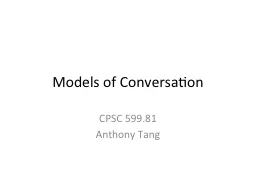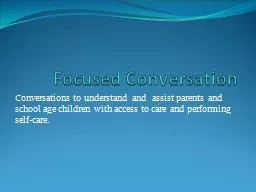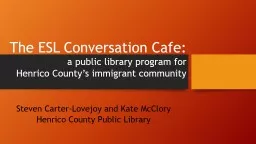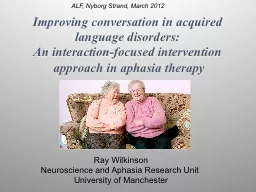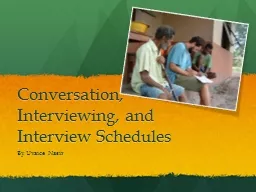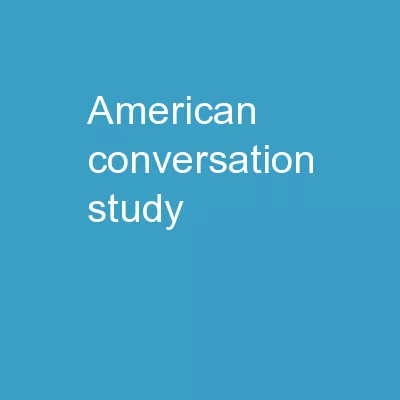PPT-Models of Conversation
Author : cheryl-pisano | Published Date : 2017-08-26
CPSC 59981 Anthony Tang Punchlines Designing for groups is challenging Evaluating systems for groups can be challenging Systems are embedded with our values and
Presentation Embed Code
Download Presentation
Download Presentation The PPT/PDF document "Models of Conversation" is the property of its rightful owner. Permission is granted to download and print the materials on this website for personal, non-commercial use only, and to display it on your personal computer provided you do not modify the materials and that you retain all copyright notices contained in the materials. By downloading content from our website, you accept the terms of this agreement.
Models of Conversation: Transcript
Download Rules Of Document
"Models of Conversation"The content belongs to its owner. You may download and print it for personal use, without modification, and keep all copyright notices. By downloading, you agree to these terms.
Related Documents

